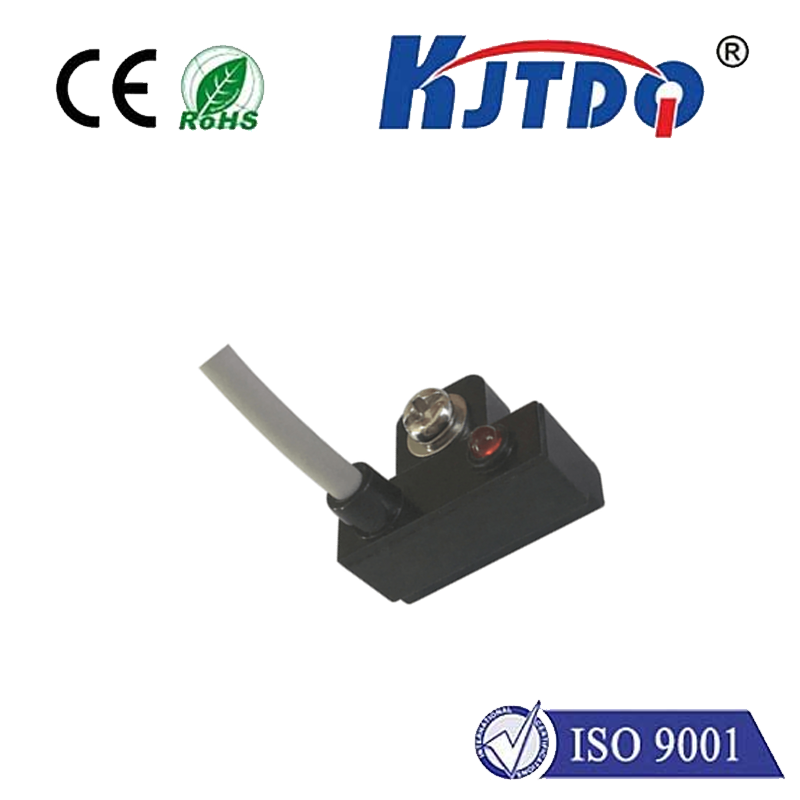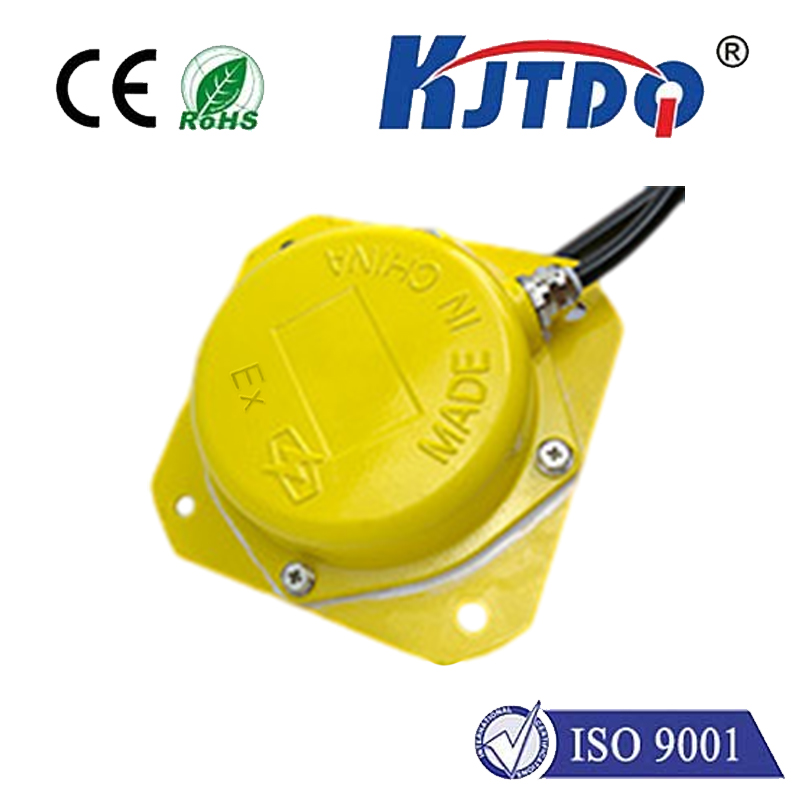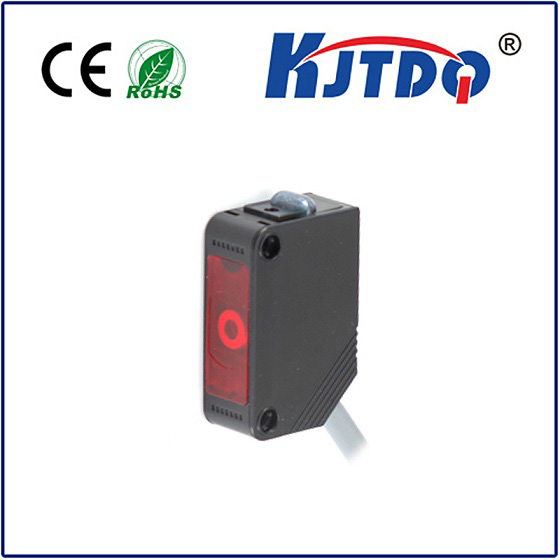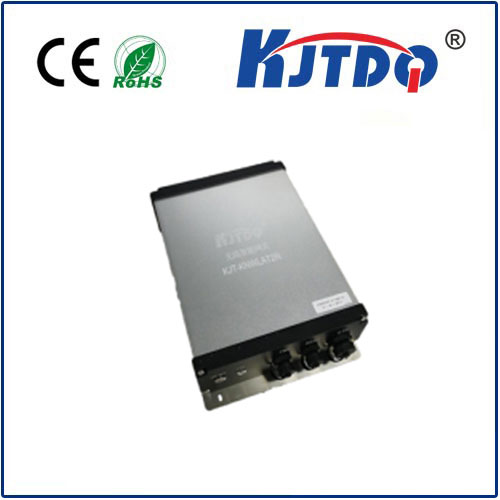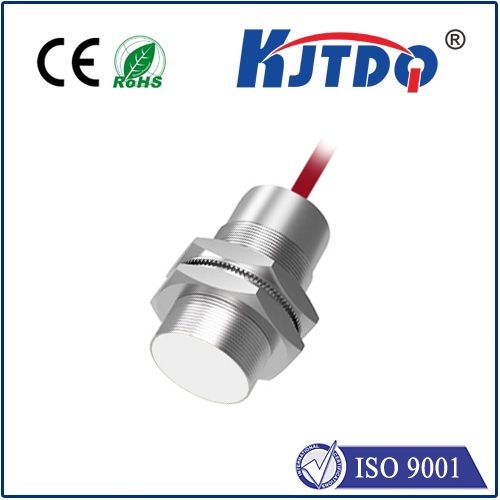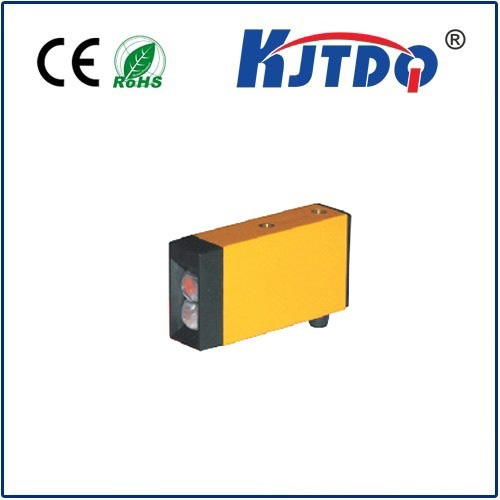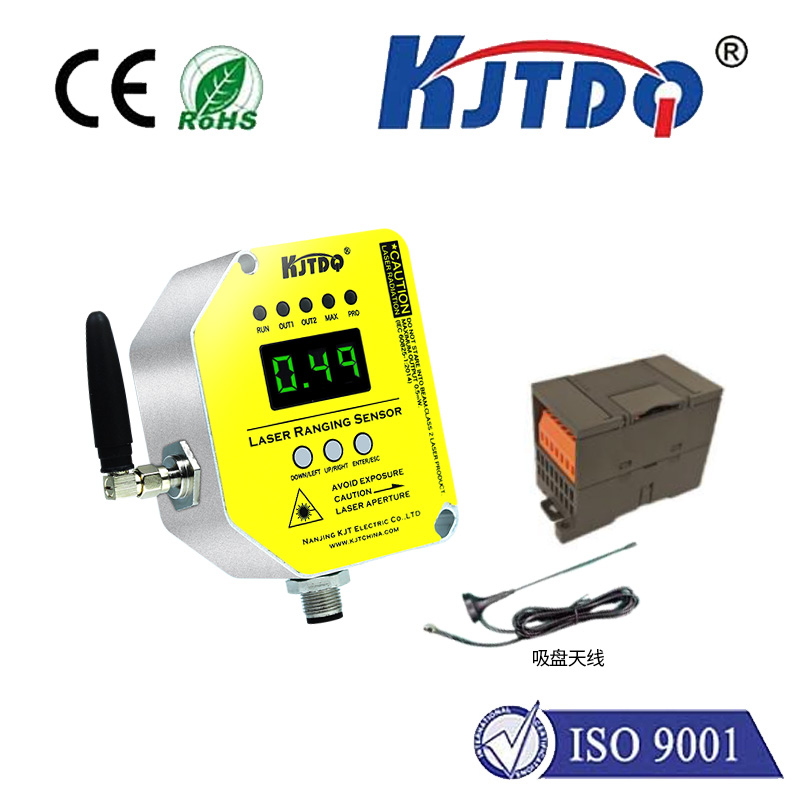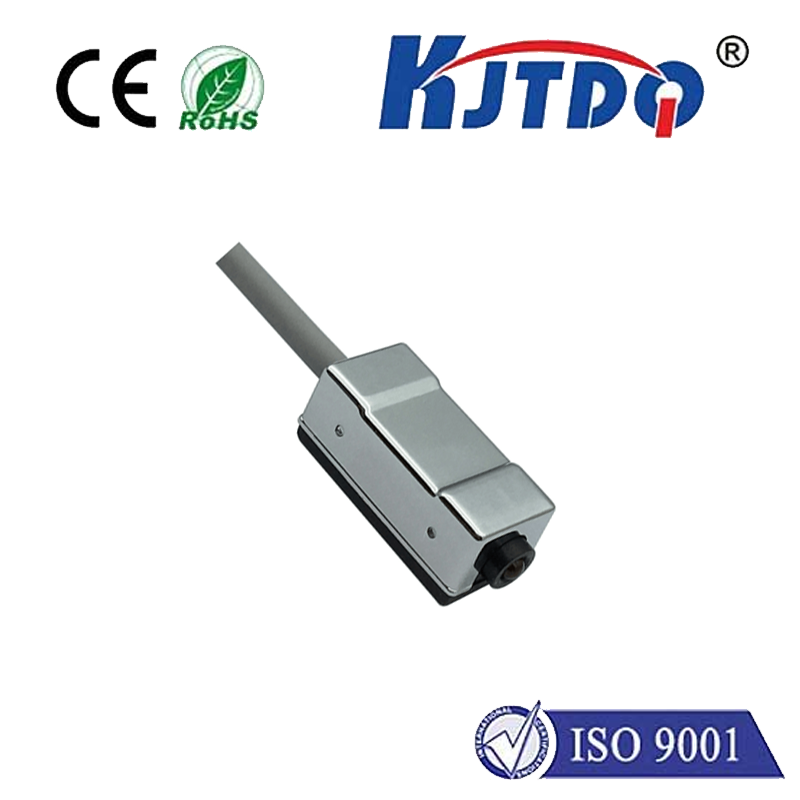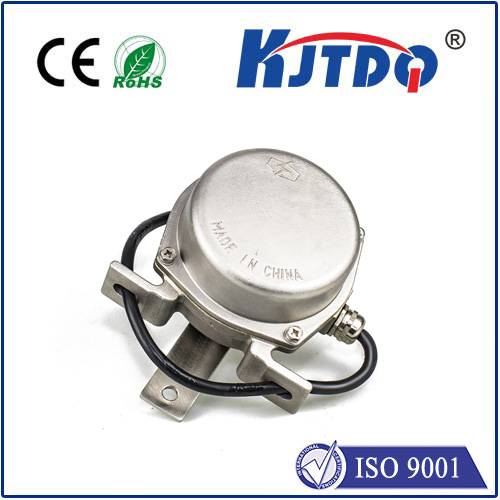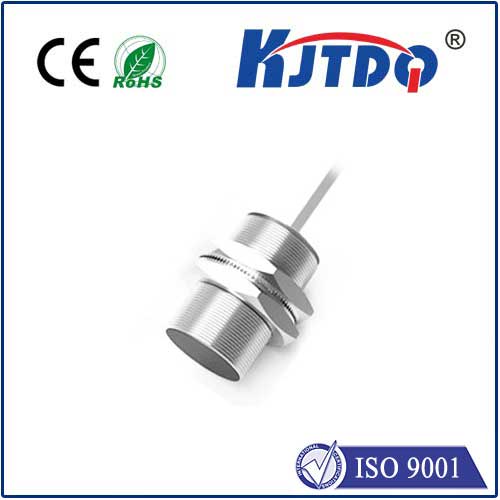

check

check

check

check
Guided Wave Radar Sensor: Enhancing Precision in Industrial Monitoring
In modern industrial settings, the need for accurate and reliable monitoring systems is paramount. Among the various technologies employed in this domain, guided wave radar sensors have emerged as a powerful tool for non-contact, high-resolution measurement. These sensors utilize guided waves—vibrations that travel through a medium—to detect and measure physical properties such as temperature, pressure, and material composition. This article explores the concept of guided wave radar sensors, their working principles, applications, and their significance in today’s industrial landscape.
Guided wave radar sensors operate by emitting electromagnetic waves that propagate through a medium, such as a pipe or a structure. These waves are guided by the medium’s properties, allowing them to travel long distances with minimal loss. As the waves encounter changes in the medium, such as variations in temperature or material density, they reflect back to the sensor, creating a signal that can be analyzed to determine the properties of the medium. This technology is particularly advantageous in environments where traditional sensors may be less effective due to interference or physical limitations.

The key advantage of guided wave radar sensors lies in their ability to provide real-time data without the need for physical contact. This makes them ideal for monitoring large structures, pipelines, and materials in industrial processes. Unlike conventional sensors that require direct contact with the medium, guided wave sensors can detect changes in the medium from a distance, offering greater flexibility and ease of installation. Additionally, they are highly sensitive, enabling precise measurements even in complex or challenging environments.
In industries such as oil and gas, food and beverage, and chemical processing, guided wave radar sensors are widely used for monitoring flow rates, liquid levels, and material properties. For instance, in oil and gas pipelines, these sensors can detect leaks, monitor flow rates, and ensure the integrity of the system without the need for invasive inspections. Similarly, in food and beverage production, they can track the quality of products and detect anomalies in real time.
The integration of guided wave radar sensors into industrial monitoring systems has also led to significant improvements in efficiency and safety. By providing continuous, accurate data, these sensors help prevent equipment failures, reduce maintenance costs, and enhance operational reliability. Moreover, they enable predictive maintenance, allowing companies to anticipate issues before they become critical. This proactive approach not only minimizes downtime but also extends the lifespan of equipment.
As industrial technology continues to evolve, guided wave radar sensors are becoming increasingly sophisticated. Advances in signal processing and data analytics are enabling more accurate and comprehensive analysis of the reflected waves. These sensors are also being adapted for use in emerging fields such as structural health monitoring and environmental sensing, further expanding their applications.
In conclusion, guided wave radar sensors represent a transformative technology in industrial monitoring, offering unparalleled precision and flexibility. Their ability to provide real-time data, operate without physical contact, and adapt to various environments makes them a crucial component of modern industrial systems. As industries continue to seek more efficient and reliable solutions, guided wave radar sensors will remain at the forefront of innovation, driving progress in the field of industrial automation and monitoring.
